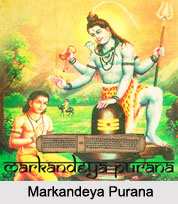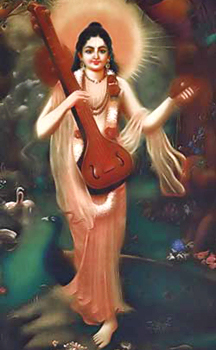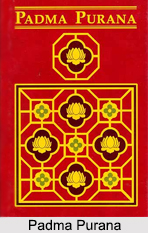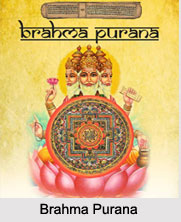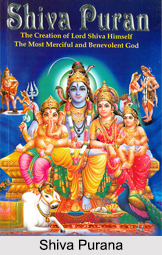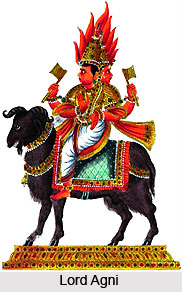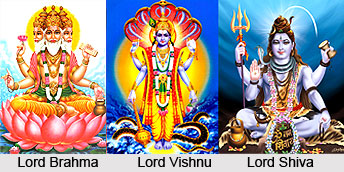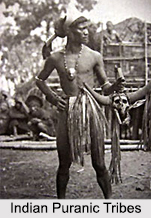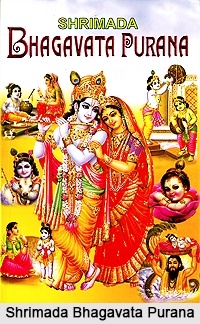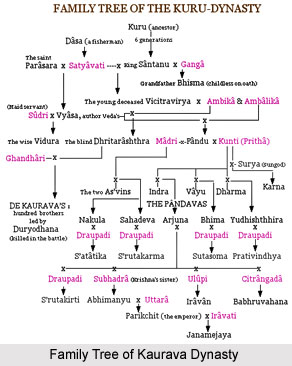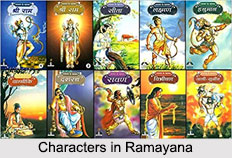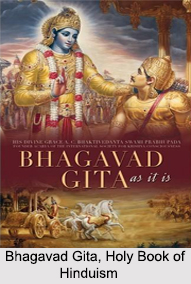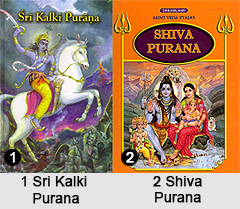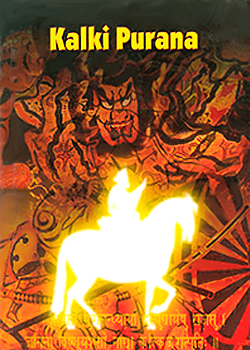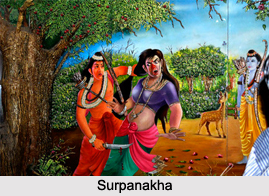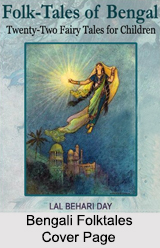 Bengali folk tales is a collection of folk tales and fairy tales of Bengal. These were written by Lal Behari Dey; the book was published in 1883. All these stories were passed from generation to generation for centuries. Below the names of the folk tales of Bengal have been given.
Bengali folk tales is a collection of folk tales and fairy tales of Bengal. These were written by Lal Behari Dey; the book was published in 1883. All these stories were passed from generation to generation for centuries. Below the names of the folk tales of Bengal have been given.
Names of Bengali Folktales
Altogether there are 22 Bengali folk tales; the synopses of the stories are given below:
Life`s Secret: This story revolves around a king and his two wives- Duo and Suo. Suo queen was blessed with a boy by a "faquir" (mendicant). The boy gradually grew up and started to come in contact to his step mother Duo. The story further shows the aspects of the relationship between Duo and Suo"s son.
Phakir Chand: This folk tale is about two boys- one is a king"s son and the other is a minister"s son. They were brought up together and being adults they wanted to go to foreign lands without having any servants with them. This story then tells about their journey together.
The Indigent Brahman: This Bengali folk tale is about an indigent Brahman, who was extremely poor with no resources. He had his wife and four children. He only lived on the benefactions of the rich.
The Story of the Rakshasas: It is about a half-witted Brahman, who was extremely lazy. He never wanted to take long journeys. He used to live upon the benefactions of the rich. Finally he went to an occasion, which was arranged by a neighbouring country"s king.
The Story of Swet-Basanta: This Bengali folk tale is about a rich merchant, who had a son whom he loved passionately. He used to give to his son whatever he wanted.
The Evil Eye of Sani: This folk tale is about the conflict between Sani (Saturn), the God of bad luck, and Lakshmi, the Goddess of good luck. One day they fell out with each other in heaven. Sani said he was higher in rank than Lakshmi, and Lakshmi said she was higher in rank than Sani. All the Gods and Goddesses of heaven were equally ranged on either side. So, all the deities agreed to refer the matter to some human being who had a name for wisdom and justice.
The Boy whom Seven Mothers Suckled: It is about a king who had seven queens. But he was very unhappy with them as all the seven queens were all barren. One day, a holy mendicant, told the king that in a certain forest there grew a tree. On a branch of that tree there were hanging seven mangoes. If the king himself plucked those mangoes and gave one to each of the queens they would all become mothers.
The Story of Prince Sobur: This story is about a merchant who had seven daughters. On being asked by the king that by whose fortune, they will get their living, all the six daughters told about their father"s fortune. Only the youngest daughter said that she will get her living by her own. This made the king angry. So he ordered the youngest daughter to live in the house without any money and show how she can get her living by her own.
The Origin of Opium: This Bengali folk tale revolves around a Rishi who used to live on the banks of the holy Ganga. He dedicated his entire life towards God. He lived in a hut and there was no one except a mouse who used to live upon the Rishi"s supper. The Rishi never hurt the mouse.
Strike but Hear: This Bengali folk tale is about a king and his three sons. Once he ordered his sons to catch all the thieves, who were constantly doing robbery in his kingdom.
The Adventures of Two Thieves and of their Sons: This tale is about two thieves who shifted to a new village from their old village to prove themselves honest by labour, as they were constantly getting allegations from the villagers for any act of theft from their old village.
The Ghost-Brahman: This folk tale is about a poor Brahman, who for not being a "kulin" found it very tough to get married.
The Man who Wished to be Perfect: This story revolves around a religious mendicant and a king. The mendicant said to give a drug to his queen to have twins. But he gave the condition that the king has to give one child to the mendicant.
A Ghostly Wife: This story is about a Brahman"s wife who was killed by a "shakchunni" (she-ghost). The ghost then got dressed up like the lady and went to the Brahman"s house to act like his wife. From next day, the Brahman"s mother started to see the changes in her daughter-in-law.
The Story of a Brahmadaitya: This folk tale of Bengal is about a Brahman, who used to beg every day. When a new laird came to their village, then he heard about a Banyan tree in the outskirts of the village, which was haunted. So, he announced that if anyone can go to that area and bring a branch of that tree, then he would give him a hundred "bighas" of land for free. The Brahman after hearing this announcement agreed to go to that Banyan tree.
The Story of a Hiraman: It is about a fowler and his wife, who one day decided to find a bird to catch and eat it instead of selling it to others.
The Origin of Rubies: This folk tale is about four sons of a king and his wife. His wife used to admire his youngest son the most. So she always offered him everything best. Her other three sons were jealous of their youngest brother because of having the best of everything.
The Match-making Jackal: This folk tale is about a weaver who was born in a rich family. But gradually all his property got wasted by his father. Since then he had to lead a miserable life. There was a lair of jackal that had a special compassion for him because of his wealth. One day the jackal came to him and told him that the jackal will marry him to the daughter of the king of this country.
The Boy with the Moon on his Forehead: This story is about a king who had six queens, but all of them were barren. So, for having a child the king"s minister told him to marry again. So, the king started to look for a suitable girl to marry.
The Ghost who was Afraid of being Bagged: This folk tale of Bengal is about a barber and his wife. His wife was very unhappy with him and used to complain always to him for not having enough food to eat.
The Field of Bones: The story revolves around a king who had a son. The young prince had three friends - the son of the prime minister, the son of the prefect of the police, and the son of the richest merchant of the city. These four friends had great love for each other. One day the four friends decided to think of themselves of seeing distant lands.
The Bald Wife: This story is about a man and his two wives. The younger wife had only two tufts of hair and the elder one had only one.

